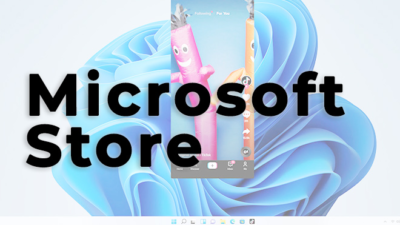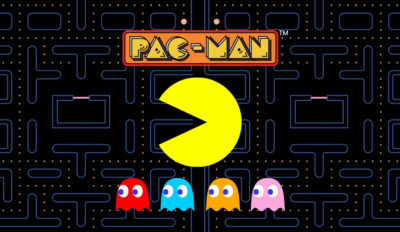Microsoft Edge Now Blocks Spam Notifications Appear On Sites

Microsoft Edge now blocks spam notifications when visiting websites. A lot of mischief has been done with such spam in the past, but that should now come to an end. Microsoft announced this in a blog post.
Edge has already received a new detection in May, which divides pop-up notifications into serious and dubious and then automatically blocks possible spam. First, it was a test, now all Edge users have been equipped with improved protection.
Cybercriminals take advantage of the fact that due to the flood of notifications on websites, many users often do not even read them and click away immediately. However, notifications are often used to spread spam. A well-known example is fake virus alerts.
Aggressive Ads And Fake Notifications
To protect users from such annoyances, Microsoft has announced a new notification lock for the Edge browser. The company is aware that such notifications are not only annoying but can also be misleading or even dangerous. The goal of spam notification blocking is to provide Microsoft Edge users with protection quickly and easily.
Microsoft also stated that this move is an attempt to protect Edge users from aggressive fake ads and false alerts. The company points out that users are easily tricked into turning on notifications, but many don’t know how to turn them off. This in turn can result in a flood of unwanted notifications.
In a blog post about the new protection, the Edge team writes:
Edge Team’s Message
“Together with our partners at Microsoft, we identified and analyzed dozens of notification types that most customers would interpret as spam notifications. In the process, we also removed the notification rights from websites that send spam notifications – and with it, billions of misleading ones Notifications blocked The Microsoft Digital Crimes Unit is working with law enforcement to identify the source of these scams and protect users worldwide. In May, we took another important step to prevent misleading notifications before customers accept them. Our analysis revealed that most of the misleading notifications come from unknown websites. In Microsoft Edge 113 and later, the initial notification request will appear “unobtrusively” with a more subtle message in the address bar if the notification is from an unknown website. We’ve seen a significant decrease in customers reporting issues with notifications after we released this change. Notifications will continue to work if you’ve already accepted them, and you can accept notifications from sites you and other users visit frequently. Also, enterprise admins can configure an allow list to ensure their internal applications can still prompt users for notifications.”
Research Snipers is currently covering all technology news including Google, Apple, Android, Xiaomi, Huawei, Samsung News, and More. Research Snipers has decade of experience in breaking technology news, covering latest trends in tech news, and recent developments.











